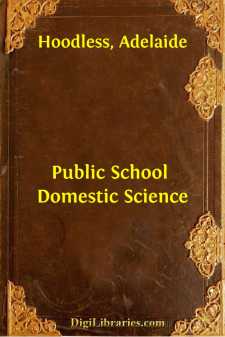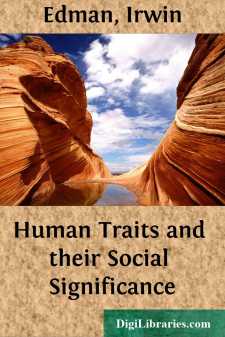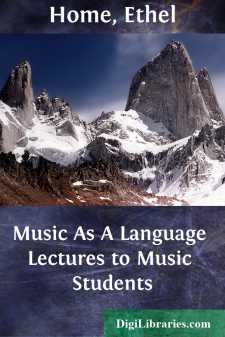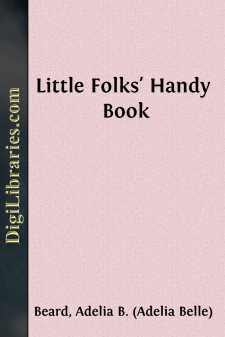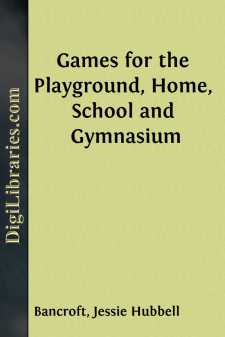Categories
- Antiques & Collectibles 13
- Architecture 36
- Art 48
- Bibles 22
- Biography & Autobiography 813
- Body, Mind & Spirit 141
- Business & Economics 28
- Children's Books 12
- Children's Fiction 9
- Computers 4
- Cooking 94
- Crafts & Hobbies 4
- Drama 346
- Education 46
- Family & Relationships 57
- Fiction 11826
- Games 19
- Gardening 17
- Health & Fitness 34
- History 1377
- House & Home 1
- Humor 147
- Juvenile Fiction 1873
- Juvenile Nonfiction 202
- Language Arts & Disciplines 88
- Law 16
- Literary Collections 686
- Literary Criticism 179
- Mathematics 13
- Medical 41
- Music 40
- Nature 179
- Non-Classifiable 1768
- Performing Arts 7
- Periodicals 1453
- Philosophy 64
- Photography 2
- Poetry 896
- Political Science 203
- Psychology 42
- Reference 154
- Religion 513
- Science 126
- Self-Help 83
- Social Science 81
- Sports & Recreation 34
- Study Aids 3
- Technology & Engineering 59
- Transportation 23
- Travel 463
- True Crime 29
Public School Domestic Science
Description:
Excerpt
SUGGESTIONS TO TEACHER.
Owing to the limitations of a text-book, it will be necessary for the teacher to enter very carefully into all the details of the various questions; to explain the underlying principles so thoroughly that "the why and the wherefore" of every action in the preparation of food will be clearly understood. She should endeavor to impress upon the pupils the value of thoroughly understanding the relation of food to the body. In practice lessons frequent reference should be made to the analysis of the various foods, as given in the tables and charts.
The first practice lesson should be given on the making and care of a fire, regulating dampers, cleaning stove, etc. The pupils should then be taught the name and place of all the utensils. Special attention should be given to the explanation of weights and measures; the table of abbreviations should be memorized. Arrange the class work so that each pupil may in alternation share the duties of both kitchen work and cooking.
Personal cleanliness must be insisted upon. Special attention should be given to the hands and nails. The hair should be carefully pinned back or confined in some way, and covered by a cap. A large clean apron and a holder should be worn while at work. Never allow the pupils to use a handkerchief or their aprons in place of a holder. Untidy habits must not be allowed in the class-room. Set an example of perfect order and neatness, and insist upon pupils following that example. Teach the pupils that cooking may be done without soiling either hands or clothes. The pupils should do all the work of the class-room, except scrubbing the floor. Everything must be left in perfect order at the close of each lesson.
Frequent reviews are absolutely necessary. Urge the pupils to think for themselves, and not to rely upon the text-book. Where pupils are backward, or have not had previous practice in kitchen work, give special attention to their manner of holding a knife or spoon in preparing articles for use, and in beating or stirring mixtures. Encourage deftness and light handling of kitchen ware. Insist upon promptness and keeping within the time limit, both in preparing the food and in the cooking.
Owing to the variety of climate and markets, it would be impossible to arrange the lessons in the text-book in regular order. A few sample menus are given at the back of the book, but each teacher must be governed by circumstances in arranging the lessons for her class. For instance, recipes without eggs should be given in mid-winter, when eggs are dear. Fruits and vegetables must be given in season.
The recipes given in the text-book are suitable for class work; in some cases it may be necessary to divide them, as the quantities given are intended for home practice. The teacher should consider herself at liberty to substitute any recipe which she may consider valuable. The digestibility of food, the effect of stimulants—especially of tea and coffee, the value of fresh air, etc., should be carefully impressed upon the pupil.
The teacher must keep the object of this instruction constantly before her: (1) to co-ordinate other school studies, such as arithmetic, history, geography, physiology and temperance; (2) to develop the mental in conjunction with the manual powers of the children; (3) to enable pupils to understand the reason for doing certain things in a certain way; in other words, to work with an intelligent conception of the value, both physically and hygienically, of knowing how the daily duties should be performed.
In order that material may not be needlessly destroyed, each class of food should be introduced by an experimental lesson. For instance, before giving a lesson in the preparation of starches, each pupil should be given an opportunity to learn how to mix and stir the mixture over the fire, so as to prevent it from burning or becoming lumpy; this may be done by using water and common laundry starch, or flour. The same test applies to sauces, etc. A few cheap apples and potatoes may be used in learning to pare these articles. The effect of cold and hot water on albumen and tissues may be illustrated by the cheaper pieces of meat.
Although the more scientific studies are grouped together, it does not follow that they are to be studied in the order given. The teacher must arrange her lessons—from the beginning—so as to include a certain amount of the theory with the practice work. Frequent reference should be made during practice lessons to the various chapters bearing more directly upon the science of cooking, so as to interest the pupil in the theoretical study of the food question....


